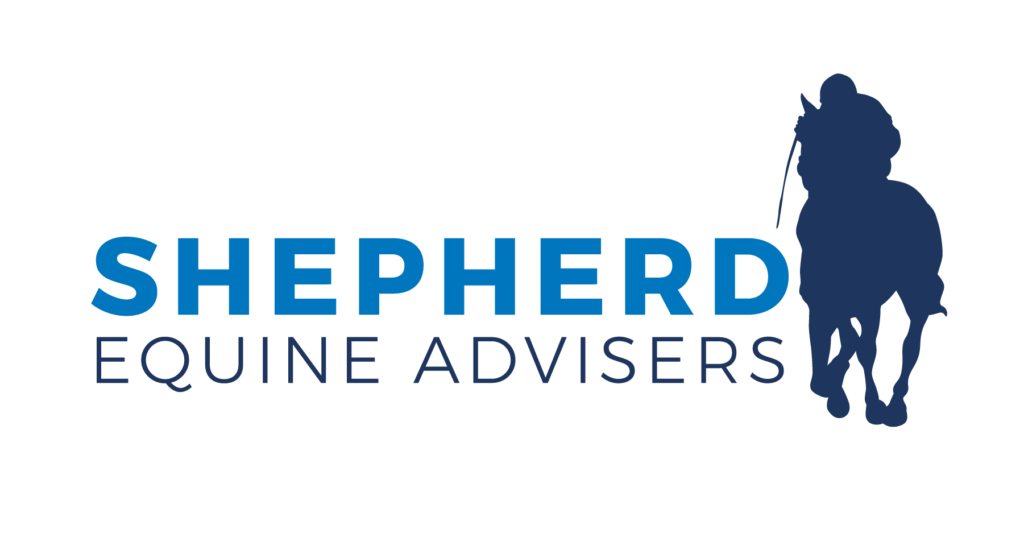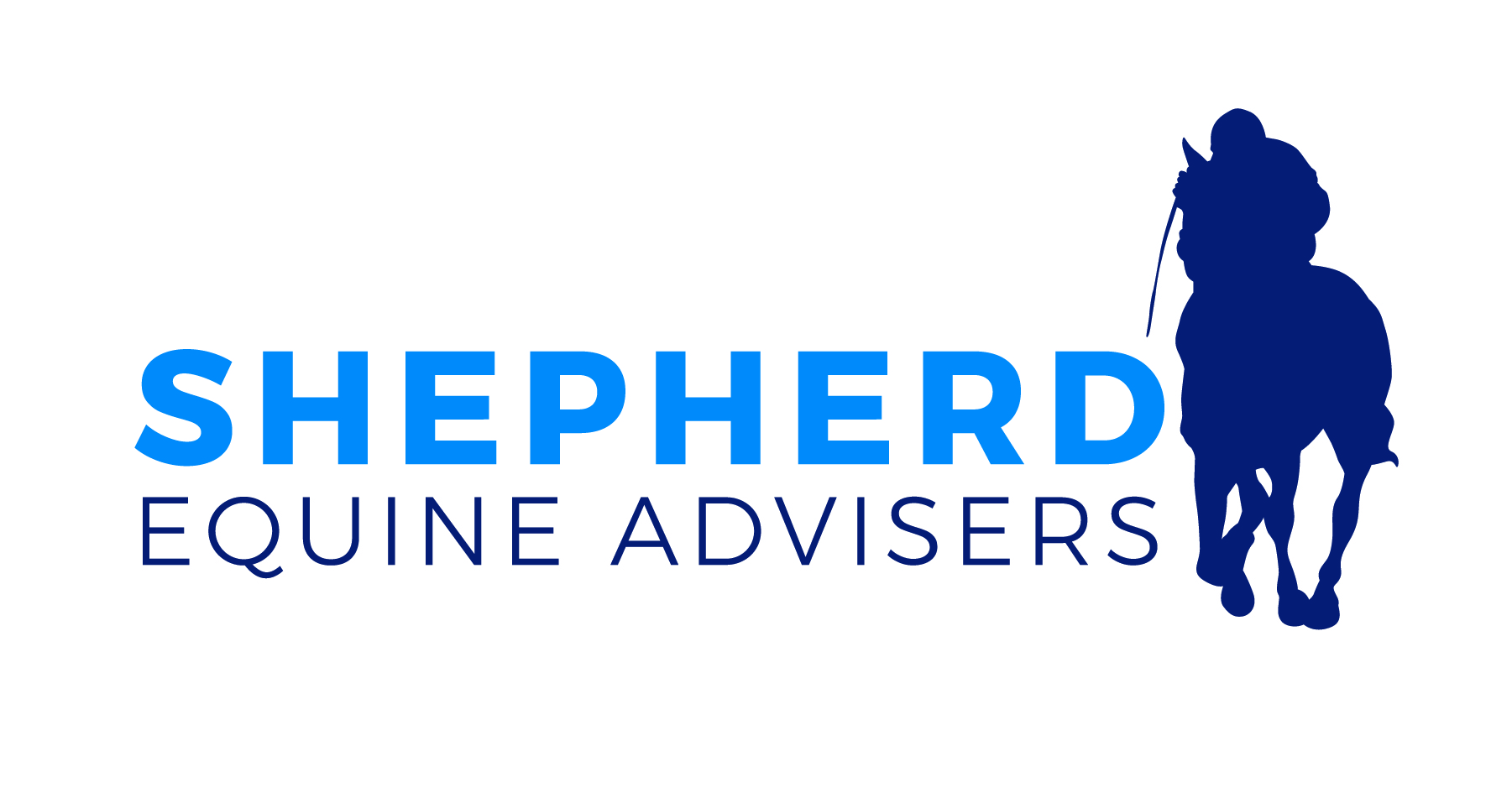Most thoroughbred investors, whether new to the game or seasoned veterans, face a daunting reality: the market is complicated. With pedigrees to analyze, auctions to navigate and unpredictable variables like health and performance, it’s no wonder so many walk away frustrated. But here’s the blunt truth: success isn’t about talent or luck. It’s about tools.
The right tools simplify decisions. They remove guesswork, shine a light on hidden value and transform chaotic markets into manageable systems. Without them, you’re flying blind. With them, you’re unstoppable.
Let’s break down how you can start using the best tools today to leave confusion behind and make profitable, strategic decisions in the thoroughbred market.

1. Start by Understanding Your Problem.
Before diving into solutions, take stock of where you stand. Are you overwhelmed by pedigree data? Unsure which horses offer the best long-term value? Maybe you’re haunted by a string of bad investments.
For example, consider an investor who recently purchased a yearling without checking the horse’s conformation against its pedigree. A minor oversight led to an unprofitable purchase. That’s the cost of flying without a map.
Your first step is clarity. Write down every aspect of the process that confuses you. Pedigree analysis? Auction bidding strategies? Portfolio diversification? Identifying these gaps is critical because it shows you exactly where the right tools can make the biggest impact.
2. Find the Tools That Work for You.
Now that you know your problem areas, it’s time to equip yourself. The good news is there are tools for almost every challenge you face. Here’s a breakdown of a few essentials:
- Pedigree Software: Use platforms like Equineline or PedigreeQuery to analyze bloodlines. They help you identify sires and dams with winning track records.
- Auction Data Tools: Resources like The Blood Horse and Fasig-Tipton or Keeneland‘s digital sales results can guide you on price trends, allowing you to bid smarter.
- Performance Metrics: Sites like Equibase give you race data to evaluate how similar horses have performed under similar conditions.
For instance, if you’re evaluating a yearling at an auction, software can tell you its pedigree while auction data tools highlight past sale prices for comparable horses. Armed with this knowledge, you’ll know exactly how high to bid, or when to walk away.
3. Practice Simplification: One Step at a Time.
The thoroughbred market feels overwhelming because of its complexity. But every complex system is just a series of simpler parts. Here’s what to do:
- Break your investment process into manageable steps: pedigree analysis, market trends and post-purchase management.
- Focus on mastering one step at a time. Start with understanding pedigrees, then move to market data.
- Use tools and resources to automate or simplify each step.
For example, if you’ve identified pedigree research as your weak spot, spend two weeks using a single tool like PedigreeQuery. Get comfortable with the reports it generates. Once you’ve mastered that, move on to auction prep.
This approach ensures steady progress without the risk of burnout.
4. Learn From Past Mistakes (And Others’).
Every investor has made costly mistakes. The key isn’t avoiding them, it’s learning from them. Look back on your investments and ask, “Where did I go wrong?” Was it overbidding? Misjudging a horse’s potential? Skipping health evaluations?
Likewise, observe the successes and failures of others. For example, some investors focus solely on flashy sires, ignoring the importance of a dam’s race record. This shortsightedness often leads to disappointing results.
Here’s what to do next: Keep a journal of every purchase, noting what went well, what didn’t and why. Over time, patterns will emerge. These insights are invaluable for refining your strategy.
5. Build a Trusted Network.
No tool can replace the value of human expertise. Surround yourself with advisors who understand the industry. Bloodstock agents, veterinarians and seasoned owners can offer perspectives you won’t find in data alone.
For example, a bloodstock agent can interpret pedigree reports in ways that software can’t. They’ll know which sires are trending up, which lines are undervalued and how to spot hidden gems at auction.
The key here is trust. Work with professionals who have a proven track record and are transparent about their strategies. Avoid anyone promising guaranteed wins. This is racing, not magic.
6. Measure, Adjust, Repeat.
Investing in thoroughbreds isn’t static. Markets shift, horses age and new opportunities emerge. Your strategy should evolve too.
Set clear metrics for success. Are you aiming for race wins, auction profits or breeding potential? Regularly evaluate your portfolio to ensure it aligns with these goals.
For instance, if a horse isn’t performing as expected, decide whether to sell or reposition it within your portfolio. Similarly, if market trends indicate rising demand for a particular bloodline, adjust your purchasing strategy accordingly.
The point is to stay flexible. The best investors adapt quickly and strategically.
What’s Next for You?
Here’s the bottom line: The right tools can make or break your success in thoroughbred investment. They simplify complexity, cut through confusion, and turn guesswork into strategy. But tools alone aren’t enough. You need clarity, discipline and a willingness to learn.
Start today. Identify your biggest challenges, equip yourself with the best tools and take the first step toward transforming your investments. Before long, you’ll find yourself making confident, profitable decisions. Proof that with the right approach, success isn’t just possible; it’s inevitable.
Your winning thoroughbred journey starts now. Will you take the reins?







Recent Comments